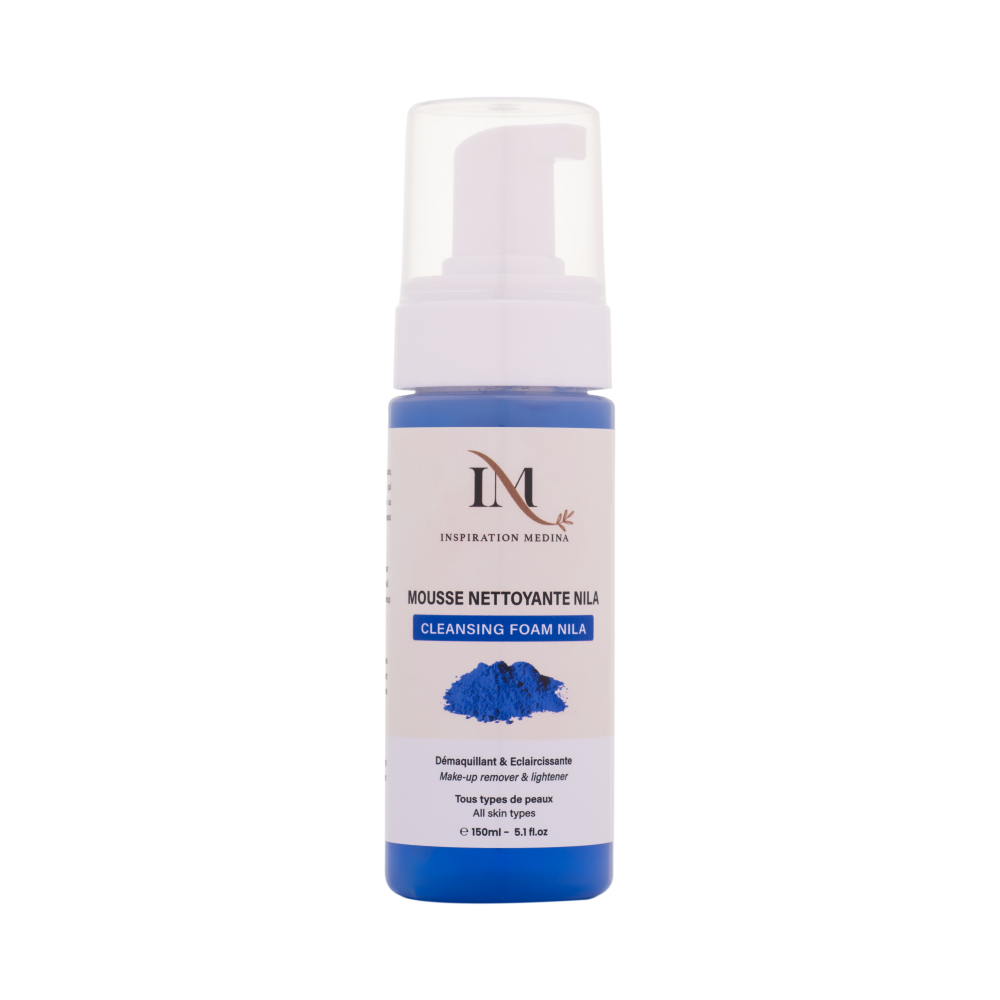No products added!

While not as comprehensive as an ERP like NetSuite or Acumatica, it’s a strong solution if you’re a smaller midmarket business that needs more than just basic accounting. It’s still a sizable cost, though, with the most basic plan starting at $2,210/year for one user. And https://www.bookstime.com/articles/debt-to-asset-ratio with the recent discontinuation of Desktop Pro and Premier, there’s some doubt surrounding the future of Desktop Enterprise. Acumatica is a solid option for midsize manufacturing businesses aiming to facilitate growth without increasing overheads. This ERP system supports diverse manufacturing methodologies such as make-to-stock, make-to-order, engineer-to-order, project-centric, job shop, batch, and repetitive manufacturing. Additionally, the system handles multi-entity and intercompany accounting, which is useful for medium-sized manufacturers with several plants.

What is the Difference Between Accounts Payable and Accounts Receivable?
Selecting the right accounting software for your medium-sized business is essential to managing your finances, staying compliant, and ensuring long-term growth. As your business grows, the right accounting tools will help you streamline operations, gain valuable insights, and stay focused on what matters most—running your business. As a medium sized business owner, you understand the critical best accounting software for medium sized business role that robust accounting software plays in your company’s financial health and growth. The right accounting solution can streamline your financial processes, provide valuable insights, and help your company and you make informed decisions. With the plethora of options available in the market, it can be overwhelming to choose the best fit for your organization.
- Ensure the support team is easily accessible in multiple ways, even during non-business hours.
- The system’s flexible architecture allows midsize businesses to effortlessly scale as they grow.
- There’s also a free 45-minute onboarding session from QuickBooks to get you started.
- To help you choose, here are the best ERP systems for midsize businesses available.
- Seamless integration is crucial for maintaining data consistency, minimizing manual data entry, and ensuring a comprehensive view of your financial situation.
- Look for a solution that can handle increased transaction volume, additional users, and expanded data storage without compromising performance.
Advanced
Share these reports with relevant stakeholders and use the insights to make data-driven decisions and identify areas for improvement. Regularly review your financial reports to stay on top of your business’s financial health and quickly address any issues or opportunities. By following these best practices and working closely with your software provider, you can ensure a smooth and successful implementation and integration of accounting your new accounting software.

Why is Quadient AP Good for Midsize Businesses?
It is particularly useful for midsize businesses because it can quickly automate workflows, provide real-time visibility into expenses, and integrate seamlessly with existing accounting systems. Midsize businesses typically have tighter budgets and cash flows than large organizations. The system offers real-time insights into invoice statuses and payment schedules, helping companies manage their cash flow and ensuring payments are made on time and within budget.

Additionally, Zoho Books offers 21 invoice templates with options to edit colors, adjust fonts, and set the page orientation to your liking. They even include invoice templates for retail businesses with point-of-sale styled invoices. The system features a sophisticated general ledger with a multidimensional chart of accounts, enabling efficient financial management across various entities. A real game changer for Sage Intacct is its ability to handle currency conversations and generate consolidated reports without waiting for month-end closings. While this might be an attractive entry point for many, the platform has limitations, including limited inventory management and report customizations.












